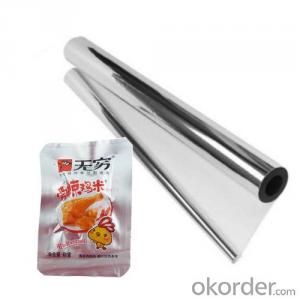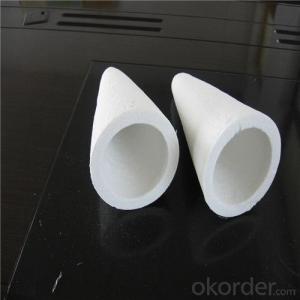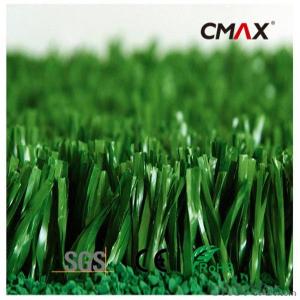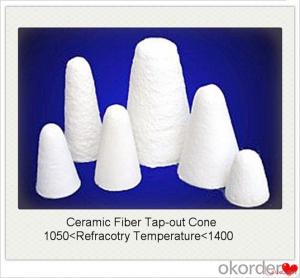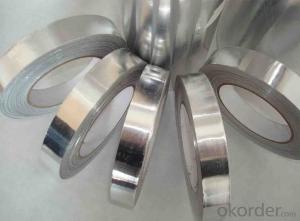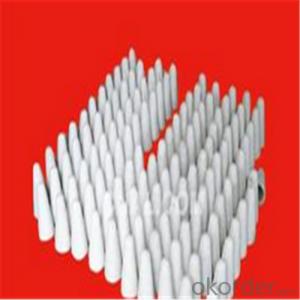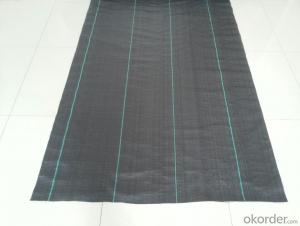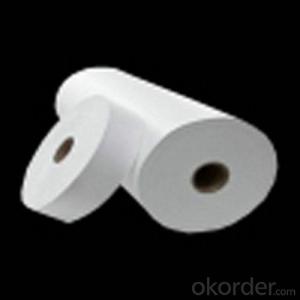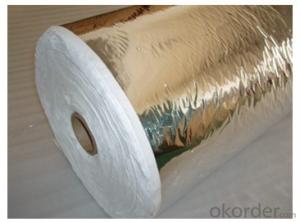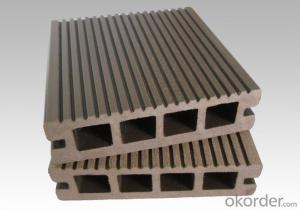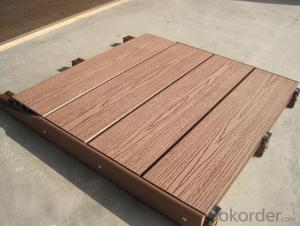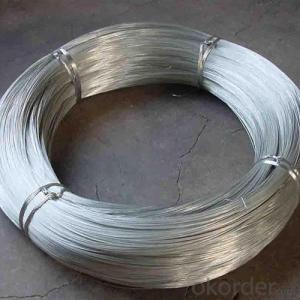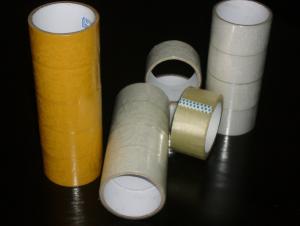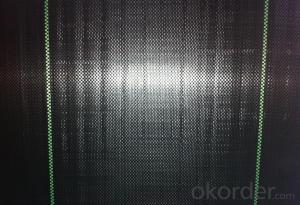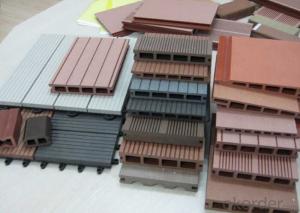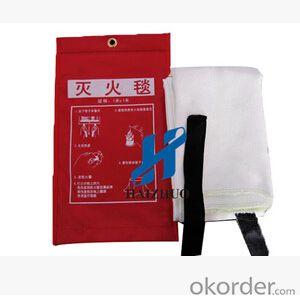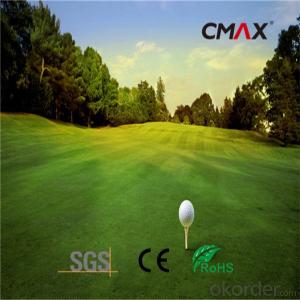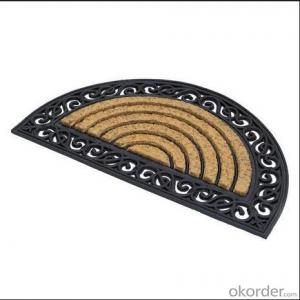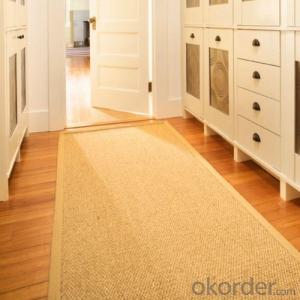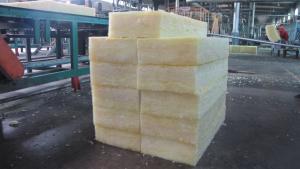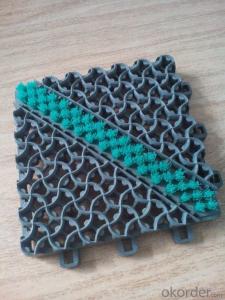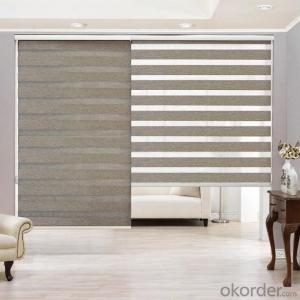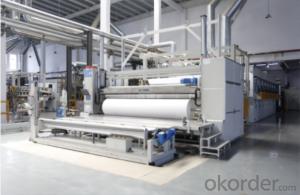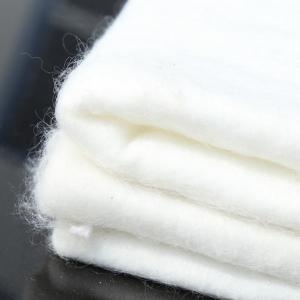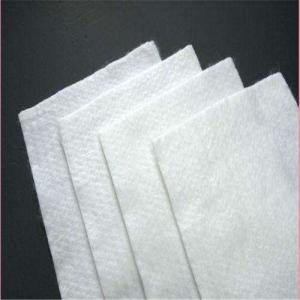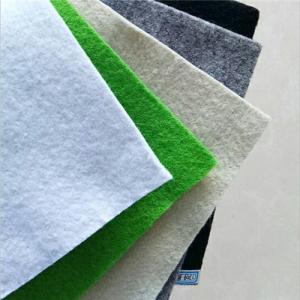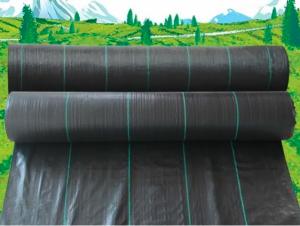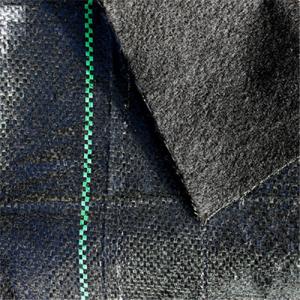Roll Out Mats
Roll Out Mats Related Searches
Coil Of Aluminum Weight Of 1 4 Aluminum Plate Weight Of 3/8 Aluminum Plate Weight Of 3/16 Aluminum Plate Big Roll Of Aluminum Foil Ball Of Aluminum Foil Thickness Of Aluminum Plate Cost Of Diamond Plate Aluminum An Aluminum Plate Of 25mm Thick Grades Of Aluminum PlateHot Searches
Cheap High Tea Sets For Sale High Density Fiberboard For Sale Used Finger Joint Machine For Sale Pancake Making Machine For Sale Bbq Machine For Sale Aeration Machine For Sale Used Metal Folding Chairs For Sale Large Metal Containers For Sale Metal Shop Cabinets For Sale Metal Shipping Crates For Sale High Mast Light Price List Solar High Mast Light Specification High Mast Tower Price Philips High Mast Lighting Price List Bajaj High Mast Lighting Price List High Mast Light Specification High Mast Tower Specification High Pressure Laminate Supplier Philippines High Mast Lighting Suppliers South Africa High Pressure Laminate Manufacturers EuropeRoll Out Mats Supplier & Manufacturer from China
Okorder.com is a professional Roll Out Mats supplier & manufacturer, offers integrated one-stop services including real-time quoting and online cargo tracking. We are funded by CNBM Group, a Fortune 500 enterprise and the largest Roll Out Mats firm in China.Hot Products
FAQ
- Yes, geotextiles are commonly used in canal bank protection. They are often used as a reinforcement material to prevent soil erosion and provide stability to canal banks. Geotextiles help to distribute loads and reduce the risk of bank failure, making them an effective solution for canal bank protection.
- Any information on geotextiles? I am doing a mock united nation and we are representing turkey and a big issue there is erosion and we were thinking of proposing to use geotextiles and I really need to know defects of using this product, installations for this, prices, if it can be used on a big area, and if it could work for turkey. Any information will help!
- geotextile reinforcement is used to coat the ground in peatlands to make way Maintenance of a good slope stability, one needs to make the soil reinforcement (reinforcement of earth) by using geotextile Benefits of geotextile applications: Improving the design safety factor Increasing the height of the embankment Reducing the displacement embankment during construction Improve performance by increasing uniformity embankment after construction completion geotextile layer was placed on the slope during
- There are several geotextile installation techniques for roadways, including overlay installation, trench installation, and full-depth installation. Overlay installation involves placing the geotextile on top of the existing road surface before applying a new layer of asphalt or other material. Trench installation involves placing the geotextile in a trench dug along the road's edge and backfilling it with soil or aggregate. Full-depth installation involves placing the geotextile directly beneath the entire road structure, providing reinforcement and separation between the subgrade and the overlying layers. The choice of technique depends on the specific road construction requirements and the desired benefits of using geotextiles.
- Filament geotextile in the storage should pay attention to what matters
- Geotextile storage to meet the following requirements: the Treasury clean no debris, no chemical corrosion; not sun, tarnished; not weight, not scratch, to prevent violent collision; away from the hot source; dry and cool warehouse; There is a need for fire tools, fire hydrants, fire extinguishers and so on. Geotextile transport, loading and unloading requirements: can not be mixed with sharp items; hoisting with flexible rope; can not use steel wire rope directly hoisting; not with sticks, iron bars and other hardware auxiliary top loading; Stress dispersion measures, to avoid tightly tightened with a rope.
- When selecting geotextiles for a project, there are several factors to consider. Firstly, it is important to assess the specific requirements of the project. This includes considering the expected load and stress that the geotextiles will need to bear, as well as the expected site conditions such as soil type and water flow. Additionally, the durability and longevity of the geotextiles should be considered, taking into account factors such as UV resistance and resistance to chemical degradation. The cost and availability of the geotextiles should also be taken into account, as well as any specific design or regulatory requirements for the project. Lastly, it is crucial to consider the manufacturer's reputation and the geotextiles' performance history through references and testing data. Overall, a comprehensive evaluation of project requirements, performance characteristics, cost, and availability will help in selecting the most suitable geotextiles for a project.
- Construction Technology of Seepage Control of Geotextile for Landscape Water System
- Laying HDPE geomembrane should try to weld at least, in ensuring the quality of the premise, as far as possible to save raw materials. But also easy to ensure quality. The lap width of the joint between the membrane and the membrane is generally not less than 10 cm, usually in the direction of the weld arrangement parallel to the maximum slope, that is, along the slope direction. Geomembrane thickness of not less than 0.25mm, too thin may produce pores, and easy to damage in the construction and reduce the anti-seepage effect. Geomembrane construction, in particular, should pay attention to laying should not be too tight, not wrinkled, stitching to be strong. Should be strictly in accordance with technical specifications construction, the good preparation, laying, splicing, inspection and backfill, such as five quality off. I specialize in production and construction
- There are several considerations for geotextile selection in mining operations. Firstly, the geotextile should have high tensile strength and puncture resistance to withstand the heavy machinery and equipment used in mining. It should also have excellent filtration properties to prevent soil erosion and allow for proper drainage. Additionally, the geotextile should be chemically resistant to withstand the harsh chemicals and contaminants often found in mining operations. Lastly, cost-effectiveness and ease of installation should also be taken into account to ensure the overall efficiency and success of the mining project.
- The lifespan of geotextiles can vary depending on various factors such as the quality of the material, the environmental conditions, and the specific application. Generally, geotextiles are designed to have a durable and long-lasting lifespan ranging from 10 to 50 years. Regular maintenance and proper installation can also contribute to extending their lifespan.

